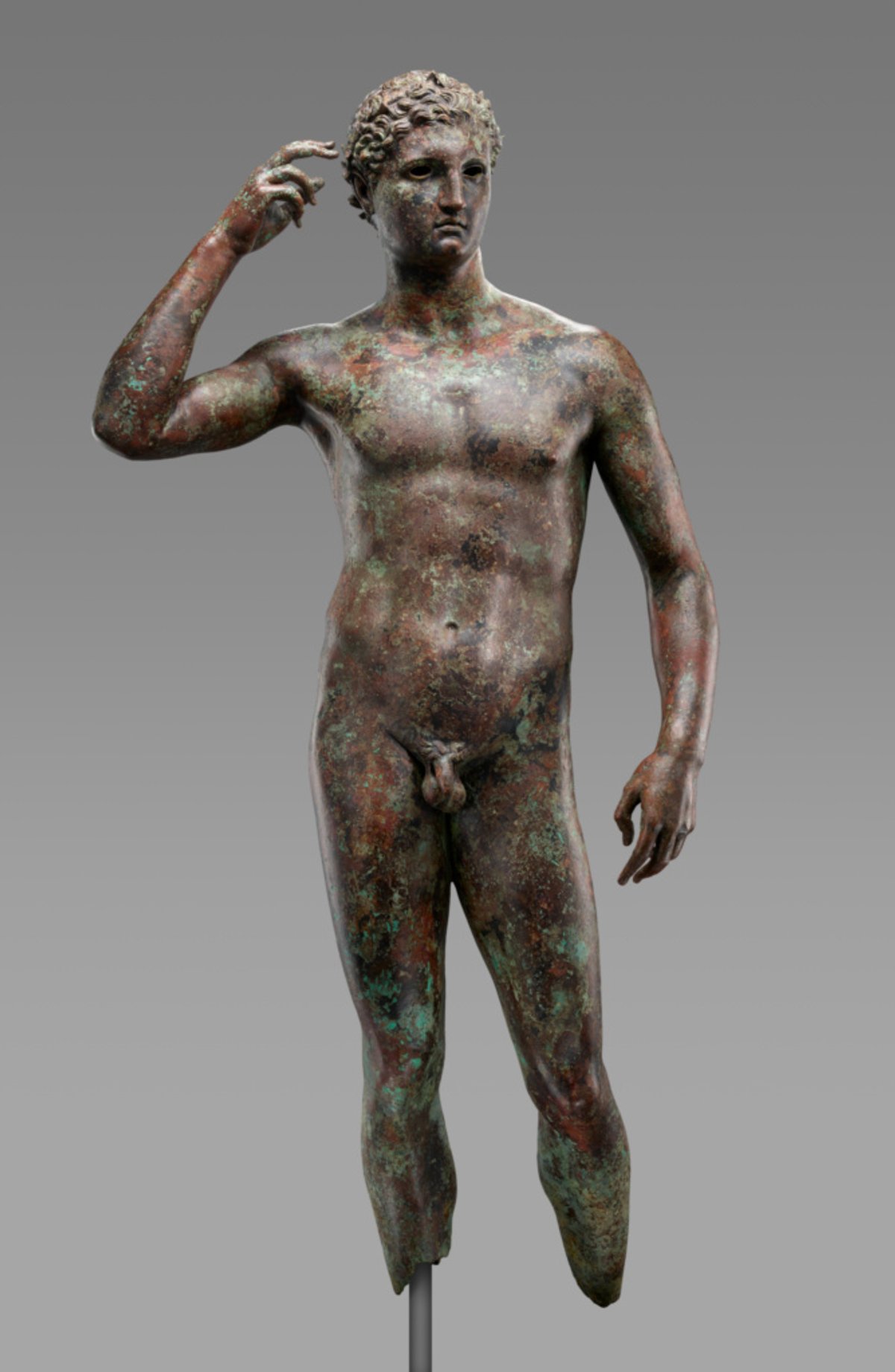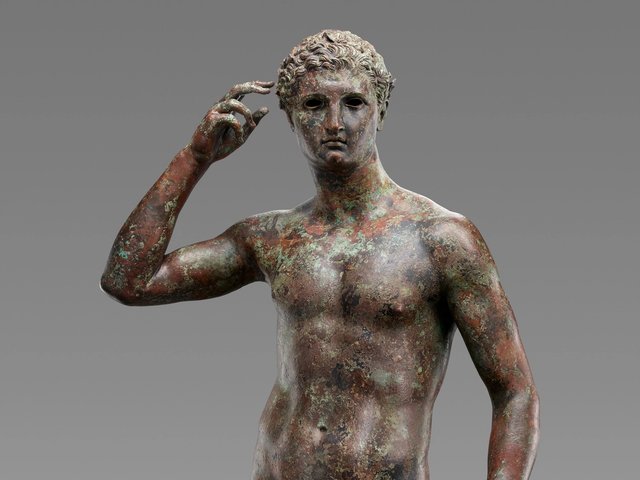Italy’s senate passed a resolution last week which politicians claim will ultimately strengthen the government’s hand when battling complex restitution cases. Using the announcement as a platform, Massimo Seri, the mayor of Fano, renewed calls for the Getty Museum in Los Angeles to return the “Victorious Youth” (aka the “Atleta di Fano”), the 300-100 BC Greek bronze that is the object of Italy’s highest profile international heritage feud.
An unrelated government document published last year, which has been seen by The Art Newspaper, indicates that Italy’s culture ministry has effectively embargoed the American museum over the saga. However, asked by The Art Newspaper whether the Getty Museum intends to return the bronze, a museum spokesperson referred to a 2018 statement that declares: “We will continue to defend our legal right to the statue”.
According to the resolution, the Italian government has pledged to assign a smaller pool of district magistrates to restitution cases "to allow for greater specialisation", favour the training of magistrates in cultural heritage law, and encourage universities to teach legal archaeology in relevant courses. Furthermore, the government will collaborate with the Rai public broadcasting service to raise general awareness among citizens about restitution through programming, the resolution states.
Written by Senator Margherita Corrado, the resolution was unanimously approved on Wednesday by the Senate’s 23-strong culture commission that is presided by socialist Riccardo Nencini.
“Italian legal cases against those who steal and illegally trade artefacts are often overly lengthy and we want to streamline these processes,” Corrado tells The Art Newspaper. The senator underlined the significance of the fact that relevant ministers had green-lighted the resolution at its draft stage. “The previous government [led by Giuseppe Conte] took a hard line on restitution. Now we know that [new prime minister Mario] Draghi is also attuned to the topic,” she says.
In a press statement issued on Wednesday, Seri, who has persistently campaigned for the return of the bronze, declared: "This act gives Italy an instrument to regain possession of artistic heritage [...] Senator Nencini has confirmed that the first revolutionary act could be to recover the Atleta di Fano."
In April, Seri publicly requested that the government make the bronze the emblem of a meeting of international culture ministers as part of the G20 Leaders’ Summit, which Italy is hosting this year. His proposed initiative was not accepted.
The Victorious Youth—a five-foot statue of a Greek athlete that is worth an estimated $16m today, and is one of the few surviving life-size Greek bronzes—was discovered by Italian fishermen in the sea off Fano in 1964, sold to Italian dealers and purchased by the Getty Museum for $4m in 1977.
The Italian government first requested the return of the bronze in 1989. Contrary to previous Italian court rulings, in 2018 magistrates in Pesaro concluded that Italy has a legal right to the statue. While the Getty Museum immediately contested the decision, the Pesaro ruling was subsequently upheld by Italy’s highest court. In response, the museum reiterated claims that the bronze was found in international waters and that “accidental discovery by Italian citizens does not make the statue an Italian object”.
A diplomatic standoff has ensued. Asked by the senate’s culture commission whether the Torlonia marbles—one of the world's finest group of Greco-Roman antiquities still in private hands—would be displayed at the Getty Museum, Italy’s culture ministry issued an internal communication on 24 June 2020 that read: “After the refusal of the Getty Museum to recognise the sentence of the Court of Cassation [...] the Ministry has limited relations with the American museum to projects that have already been initiated.”
In an email exchange, a museum spokesperson told The Art Newspaper: “During the pandemic, the Getty has not had an opportunity to discuss the bronze with the Italian government”. The Italian culture ministry had not responded to a request for comment by the time of publication.
UPDATE 12 August 2021: The headline and stand first were changed from the original version to better reflect the contents of the article.



